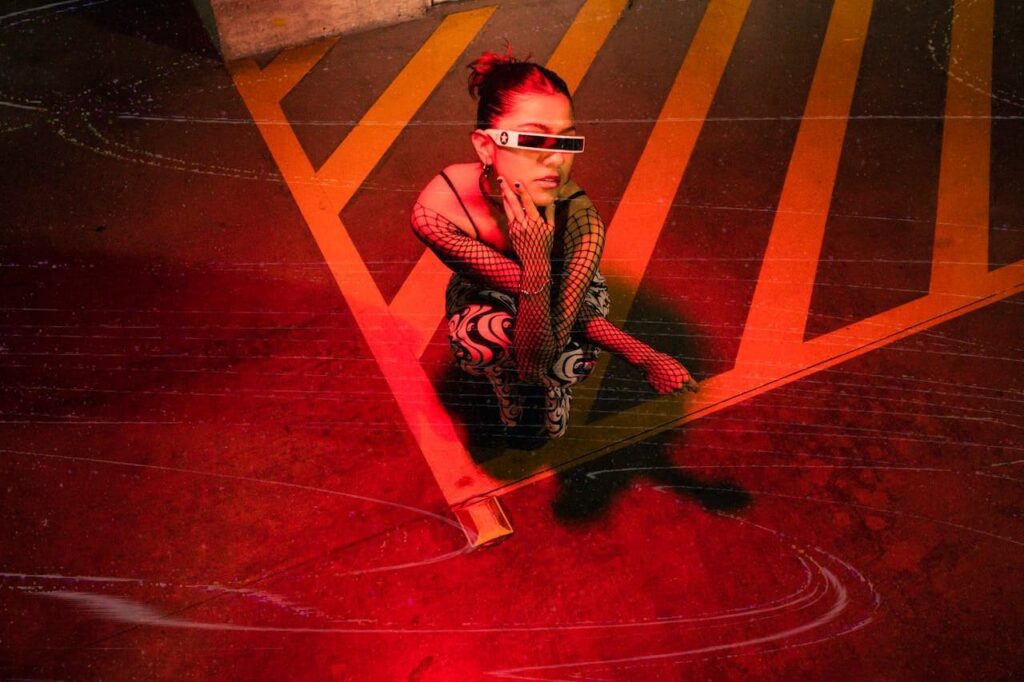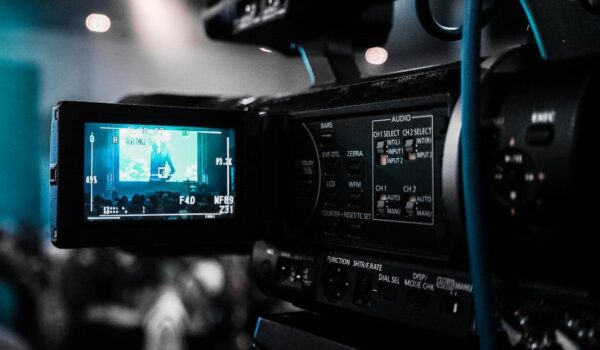In the realm of visual storytelling, photography plays a pivotal role in conveying emotions, narratives, and atmospheres. When incorporated into cinema, photography transcends mere documentation, elevating the film to a higher artistic plane. Through meticulous composition, lighting, and framing, photographers bring stories to life, immersing viewers in captivating worlds. This article delves into the intersection of photography and cinema, exploring how this marriage of art forms enhances storytelling and enriches cinematic experiences.
The Essence of Cinematic Photography
At its core, cinematic photography aims to evoke emotions, convey themes, and immerse audiences in the filmmaker’s vision. Each frame is meticulously crafted, with attention to detail and aesthetics paramount. From the sweeping landscapes of epic adventures to the intimate close-ups of character-driven dramas, every shot serves a purpose, contributing to the narrative tapestry of the film.
The Power of Composition
One of the fundamental aspects of cinematic photography is composition. Through the arrangement of elements within the frame, photographers guide the viewer’s gaze, shaping their interpretation of the scene. Whether employing the rule of thirds to create balance and harmony or experimenting with unconventional angles to evoke tension and unease, composition is a powerful tool for conveying mood and emotion.
Lighting: Painting with Light
Lighting is another crucial element of cinematic photography, often described as “painting with light.” The interplay of light and shadow can transform a mundane setting into a dramatic tableau, imbuing scenes with depth and atmosphere. From the soft, diffused glow of natural light to the stark contrasts of chiaroscuro, lighting sets the tone for the entire film, shaping its visual identity and enhancing its emotional impact.
Framing and Perspective
Framing and perspective are also essential considerations in cinematic photography. The choice of lens, focal length, and camera angle can significantly influence the viewer’s perception of space and depth. Wide-angle lenses can capture expansive vistas, conveying a sense of grandeur and scale, while telephoto lenses compress distances, drawing attention to specific details or characters. By carefully selecting framing and perspective, photographers can manipulate the viewer’s perspective, guiding their interpretation of the narrative.

The Role of Color and Contrast
Color and contrast are powerful tools for conveying mood and atmosphere in cinematic photography. From vibrant hues that evoke warmth and vitality to desaturated tones that evoke melancholy and nostalgia, color palettes play a crucial role in shaping the emotional landscape of the film. Similarly, contrast can enhance visual impact, drawing attention to key elements within the frame and adding depth to the composition.
Exploring Genre and Style
Different genres of film often employ distinct styles of photography to evoke specific moods and atmospheres. From the gritty realism of film noir to the lush, romantic aesthetic of period dramas, each genre presents photographers with unique opportunities for creative expression. By understanding the conventions and expectations of different genres, photographers can effectively communicate the thematic essence of the film, enriching the viewer’s cinematic experience.
Case Studies: Iconic Examples of Cinematic Photography
Numerous films throughout cinematic history have exemplified the artistry of photography in cinema. From classic masterpieces to contemporary classics, these films showcase the diverse range of techniques and styles employed by photographers to create indelible images that resonate with audiences.
In Alfred Hitchcock’s “Vertigo” (1958), cinematographer Robert Burks employs a dreamlike aesthetic, using dolly zooms and soft focus to convey the protagonist’s psychological turmoil. The film’s iconic imagery, including the vertiginous rooftop chase and the haunting silhouette of the Golden Gate Bridge, remains etched in the collective memory of cinephiles worldwide.
Similarly, in Stanley Kubrick’s “2001: A Space Odyssey” (1968), cinematographer Geoffrey Unsworth creates a visually stunning depiction of space exploration, utilizing groundbreaking special effects and innovative camera techniques to transport viewers to the far reaches of the cosmos. From the majestic ballet of spacecraft to the enigmatic monolith, each frame is a testament to the power of cinematic photography to inspire wonder and awe.
In contemporary cinema, films like Denis Villeneuve’s “Blade Runner 2049” (2017) continue to push the boundaries of visual storytelling, with cinematographer Roger Deakins crafting a dystopian world of staggering beauty and complexity. Through his masterful use of light, shadow, and color, Deakins creates a hauntingly atmospheric landscape that lingers in the mind long after the credits roll.
Cinematic photography is a multifaceted art form that plays a crucial role in shaping the narrative and emotional impact of a film. Through composition, lighting, framing, and color, photographers breathe life into stories, immersing audiences in captivating worlds of imagination and emotion. From classic masterpieces to contemporary classics, the artistry of photography in cinema continues to inspire and awe, reminding us of the enduring power of visual storytelling.
